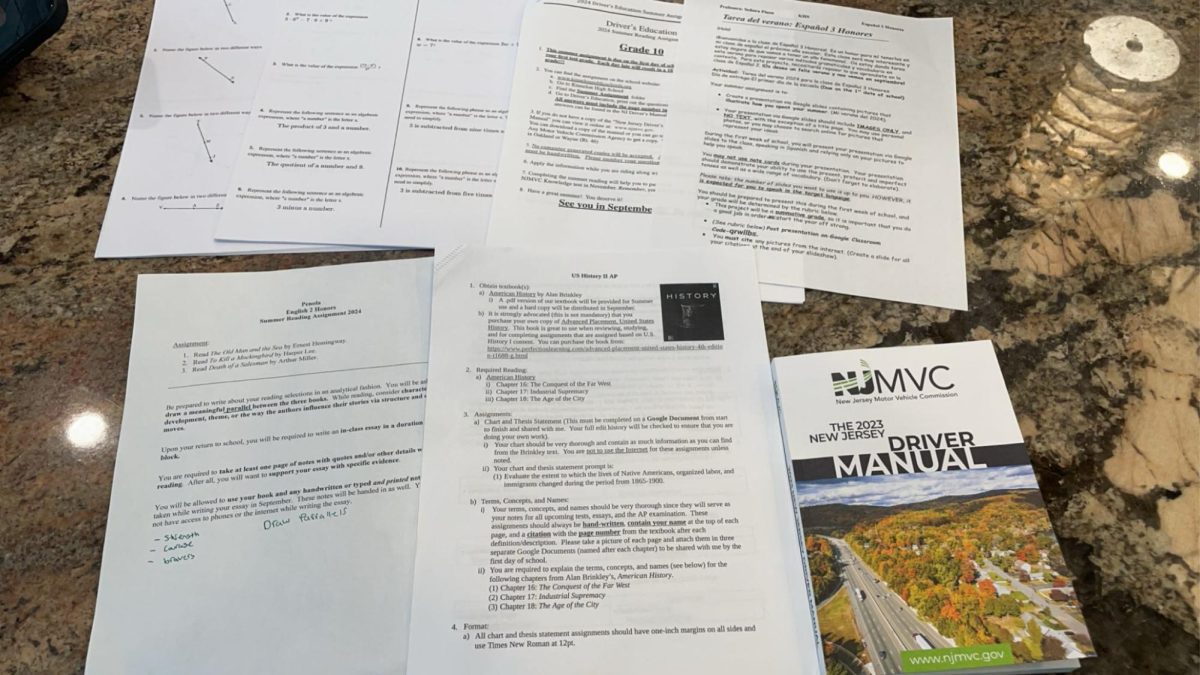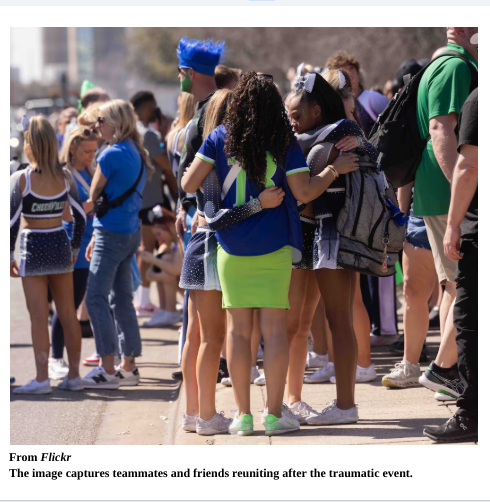Many do not know this, but consumers of fast fashion indirectly support modern-day slavery and the pollution of our earth.
With living expenses skyrocketing since 2020, millions of people are looking to cut costs. Although thrifting used to be the number one alternative, millions of people have turned to the easier, less sustainable option: fast fashion. This industry … labor laws, produces unbelievable amounts of carbon dioxide, and makes extensive use of cheap, synthetic materials. There are always alternatives to combat pricey times, but fast fashion should not be one of them.
There are two very affordable options: thrifting and fast fashion. However, most people continue to support the worst option for our planet. “I do not want to directly support the suffering of other people knowing that brands like this are very unethical, especially Shein,” says senior Saul Mena. Many fast fashion companies use child labor and pay very little for day-long shifts.

News company Channel 4 conducted a report and found that Shein–one of the most influential fast fashion brands–had workers on the clock for 70+ hour shifts with very little time off. They also found unsafe factories set up in residential buildings. They lacked emergency exits and windows. The conditions that Shein, an app with millions of users, has provided for their workers are filthy and unethical. No worker should be forced to endure such conditions, however, buyers continue to support Shein.
According to Carbonliteracy.com, the fashion industry produces roughly 10% of global pollution. Some may think this information is enough to shut down this industry, but companies like H&M, ZARA, and Abercrombie “greenwash”, or make their products look beneficial for the environment, although they produce the same amount of waste. Though there are many versions of greenwashing, a prominent method is having the label “recyclable” on the tag of an article of clothing when they are solely referencing the tag being recyclable, not the article of clothing. Another example is a brand saying that their product is made with 50% more recycled material when it went from 2% to 3%. These acts are deceptive and though they may not be lying, it’s a dirty method, and their consumers deserve to know the truth.
The fashion industry accounts for 10% of the world’s
pollution and creates 92 million metric tons of waste annually. With the overconsumption of natural resources as well as the carbon emissions created, the low costs of these items are only made possible at the expense of our environment.
Fast fashion is also affordable because of the materials used to make the styles. High-quality brands often use 100% cotton, denim, silk, and linen, which can last hundreds of wears if taken care of. However, brands like H&M often use blends of polyester and nylon, which are fragile and do not last well over many wears. These materials also tend to dry rot, “…which means if you pull at it, it rips instead of tugging. I’ve noticed there’s been a decline in quality,” says junior Owen Fernstrom. “It’s better to buy something for forty dollars and wear a hundred times than 20 that you’ll wear 10,” Fernstrom says. It’s more sustainable to purchase an expensive piece that will last for years rather than settling for fast fashion which will only last weeks.
And yes, with inflation rising and the poverty rate climbing, not having enough money to support sustainable brands is an issue. But even so, other options exist such as Depop or thrifting to get what you need. Depop is a great alternative, as “it’s a lot easier to find the items you’re looking for,” says Mena. Thrifting sustainably can also be one of the most cost-efficient and accessible alternatives to buying new clothes. With the introduction of fast fashion into the fashion industry, there are millions of pieces to give a second life. There should never be a reason to support the crimes of the fast fashion industry.
Instead of staying in denial about this issue, do your own research. Find options that you like and can afford. Inform others about the fast fashion industry, whether it’s just one person or millions. There is no excuse to at least change where you buy from. You’re just a five-minute search away from taking action and being part of the solution to resolving fast fashion’s effect on the world.













